Manifesto Series 02: Storefront for Art and Architecture, New York, NY
“Interventions” is a ‘manifesto’ that was constructed and presented as part of the book launch for Coupling: Infrastructural Opportunism, by Lateral Office and Infranet Lab. Many thanks to Mason White, Lola Sheppard, Neeraj Bhatia, and Maya Przybylski for the invitation to participate. The line-up of speakers included: Mimi Zeiger, Interboro, Diana Balmori, Jason Vigneri-Beane, Lydia Kallipoliti, Andrew Blum, Joyce Hwang, Mammoth, Janette Kim, Infranet Lab. More info here.
A 10-POINT MANIFESTO: INTERVENTIONS
2010. Cooking
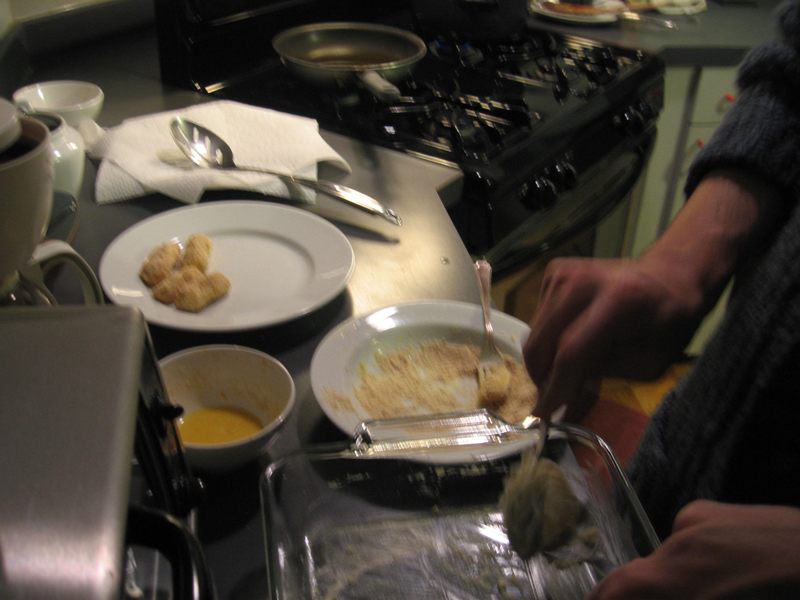
A group of friends were making dinner together on a winter evening. As the cooking proceeded, they noticed a marked change in the micro-climate of the kitchen. Checking the thermometer, it was confirmed that the temperature of the room had indeed skyrocketed by almost 10 degrees Fahrenheit.
In order to begin the Infrastructure Revolution, we must begin to recognize infrastructural opportunities that are often overlooked. Everyday habits, such as cooking, are in fact ways of generating heat and energy. Infrastructural opportunism demands that we seize upon these seemingly insignificant activities. In every cooking environment, kitchen ovens and ranges must be programmed to work with thermostats. As cooking activity increases, thermostat temperatures then decrease. Tax breaks should be granted, based on the number of times you cook hot meals and the duration of cooking time. Due to this intervention, domestic environments will be reprogrammed to enable homeowners to host enormous dinner parties. Increasingly, the volume of public activity will infect the private domain.
2011. Snow Plowing
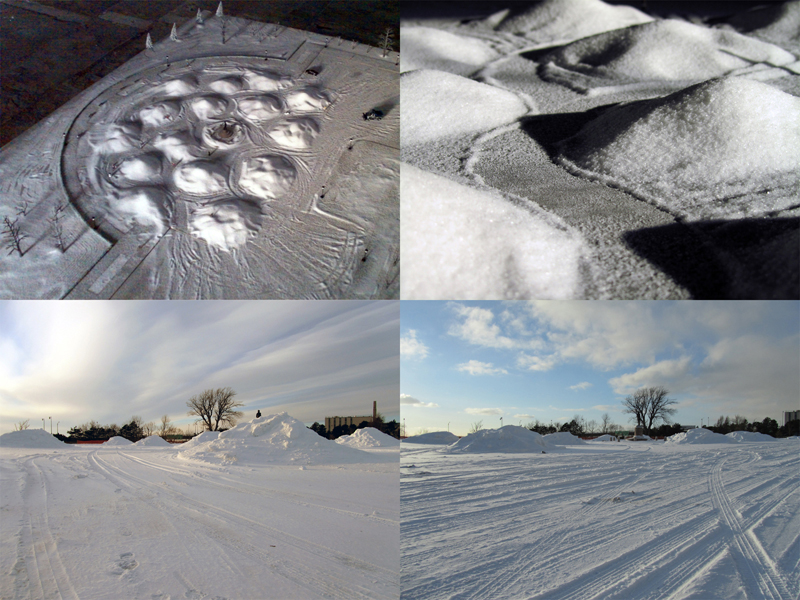
Project and Images by Sergio López-Piñeiro / Holes of Matter
A nearly apocalyptic snowstorm hit the entire East Coast of the United States. Roads were deemed impassable, airports closed down, trains stopped moving, and the world seemed to come to a halt. Suddenly realizing the critical significance of the lowly snow plow, cities invested in fleets of said machinery — almost to the point of excess. In the way that we were prepared for Nuclear attacks in the mid 20th century, we are in an ever-ready state of preparedness for snowstorms.
In our cities, the fact of operating snow plowing equipment must be elevated in the public mind. We know that highways, roads, train tracks, and other avenues of transit will not function as infrastructure unless they are cleared. Cities must develop and manage new and improved snow plowing routes and strategies. Within the logics of snow removal, we have the potential to opportunistically create urban sites of pleasure. Slight alterations to regular snow plowing routines will enable us to produce new winter landscapes and parks in our cities.
2012. The Gym
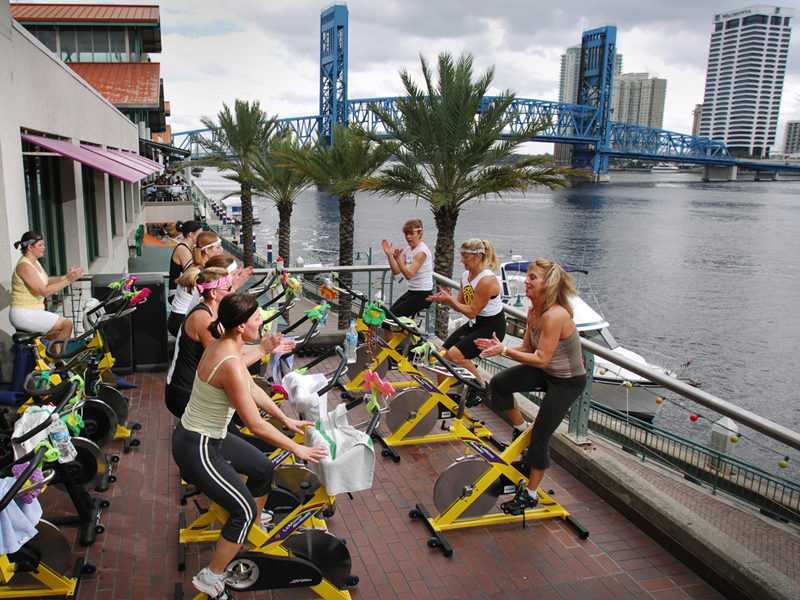
Gold’s Gym in Jacksonville Florida, Image by Jon M. Fletcher, Florida Times-Union, http://jacksonville.com/business/2009-01-28/story/golds_gym_opens_facility_in_the_landing
In the wake of the 2012 Olympic Games, America is left in shock. For the first time ever, the United States has been surpassed in the total medal count by none other than China. Determined to get the country back on its feet, gyms are developed all across the nation as part of a National Fitness program. Gym memberships rise exponentially, claiming over 90% of the U.S. population.
Energy-generating stationary bikes and elliptical trainers have already been developed in several gyms around the world. It is time for us now to capitalize on this technology – as well as our newly mobilized population — and install them systematically and ubiquitously in our gyms. As centers of energy production, gyms would then take on a new critical status within cities. In addition, the internal organization of programmatic elements must be reconsidered to accommodate and intensify energy production. No longer will voyeurism and narcissism be the primary motivation for going to the gym.
2021. Bats
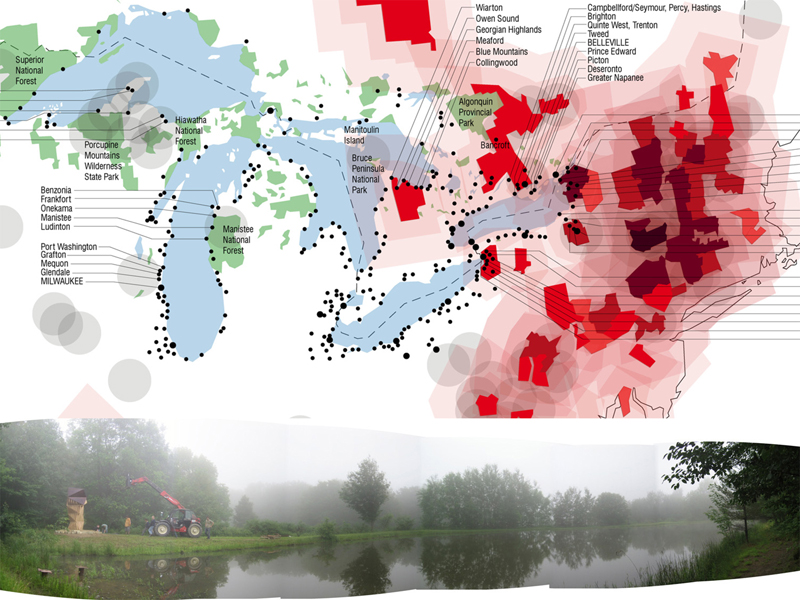
Fifteen years after the first case of the deadly White Nose Syndrome was detected, bat caves are nearly abandoned in the North America. Bats have resorted to living where they can find adequate shelter – in trees, attics, walls, abandoned barns and other structures.
As pollinators and natural ‘pesticides,’ bats are significant factors in ensuring the future of farming as well as providing mosquito abatement. However, they have remained in a position of invisibility, typically disregarded as unwanted pests. Infrastructural opportunism recognizes that bats are critical components of our ecosystems. Bat habitations must be installed in regions that are susceptible to infection by White Nose Syndrome. The proliferation of Bat installations will form regional zones for developing both agricultural and leisure-driven activities.
2101. Walls
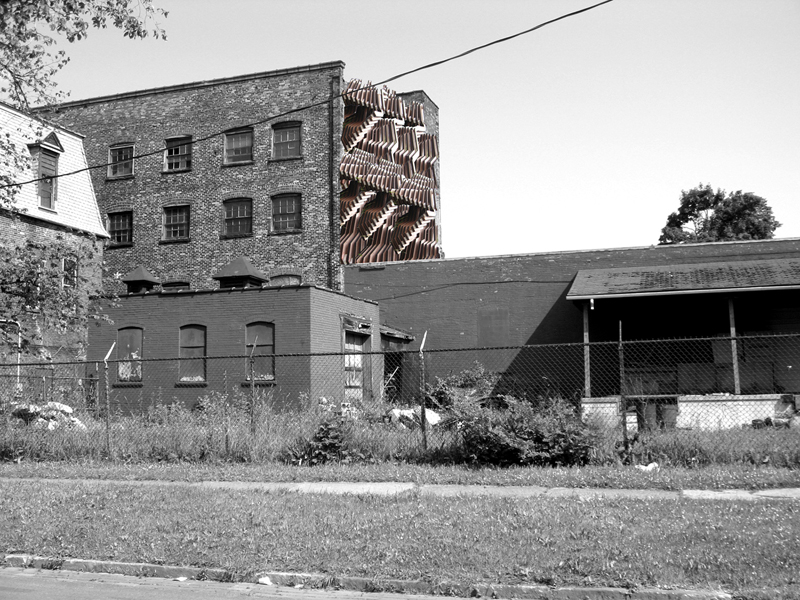
At the beginning of the 22nd century, the national scare of nearly causing extinction of all North American bat species forced Americans to finally shed their fear of bats. Bats are no longer associated with ghosts and goblins on Halloween; they no longer show up in horror movies; and hardly anyone remembers Dracula. Humans are even happy to have bats living in their walls and attics, as long as their waste can be managed and disposed of without too much effort.
At one point in time, the exterior wall’s fundamental purpose was to separate inside from outside. At another point in time, humans began cultivating plants to grow on walls, creating vertical gardens. We are now at a moment when we must consider the wall not only as a façade, but more significantly as potentially inhabitable membrane that can sponsor the propagation of living organisms.
2102. Spiders
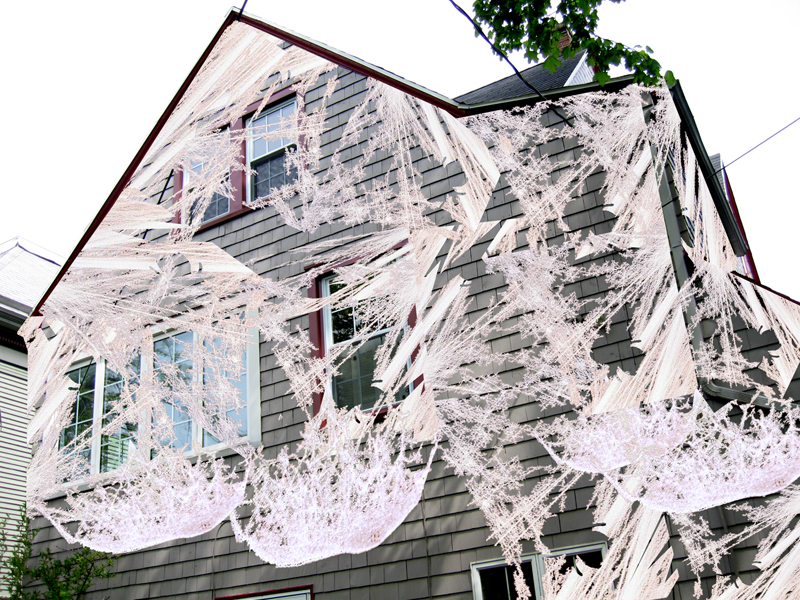
Soon enough, spiders also disappear from all Halloween paraphernalia. Urban citizens begin to recognize the spider, not as a symbol of horror and dilapidation, but instead as a heroically productive member of society.
Although we’ve come to acknowledge the strength of processed spider silk in the production of bullet-proof vests, we still may be disgusted with the tangible fact of spider webs themselves. But in order to truly capitalize on the seemingly lowly spider as a part of urban infrastructure, we must first rid ourselves of any sense of repulsion that we may harbor toward them. Imagine the benefits of a house covered in cobwebs! Not a single fly or mosquito would be able to enter the house through any crack or window. It would be possible to open all windows, sleep on an outdoor balcony, and cross ventilate the house without fear.
2110. Bees
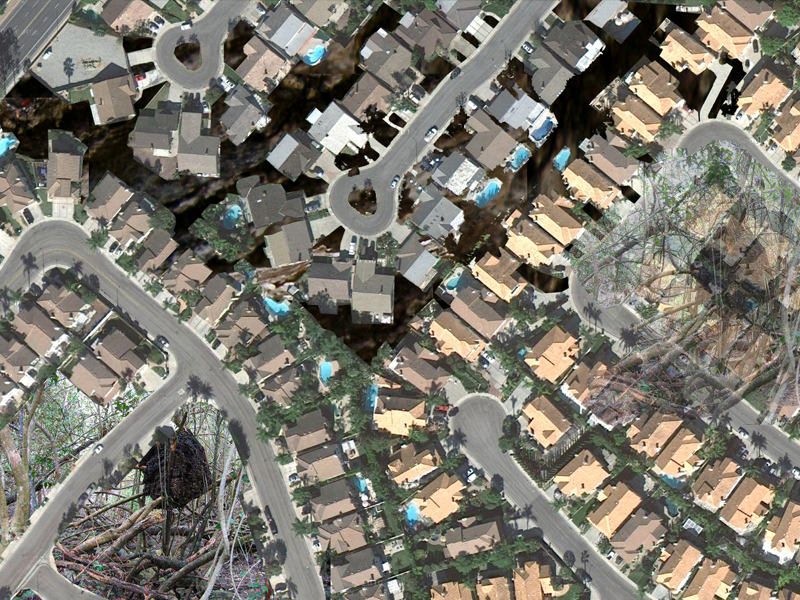
It is not until a decade later – after giving spiders full rein to wrap our houses in their webs – that Americans finally consider the possibility of giving up their lawns in exchange for environments that would attract and support bees. With the near-extinction of bees on the palpable horizon, Americans weighed their options and decided that the image of the lawn was not worth it to forever lose apples, almonds, peaches, watermelons, cherries, and an onslaught of other fruits, nuts, and vegetables.
We must consider our exterior environment as a system of productive surfaces. We must aspire to create conditions that are optimal for bees and other critical insects to thrive. It is now the time to replace the lawn with deadwood, weeds, scrap lumber, and branches, along with wild flower gardens. The notion of the garden must be redefined both conceptually and aesthetically.
2120. Air Conditioning
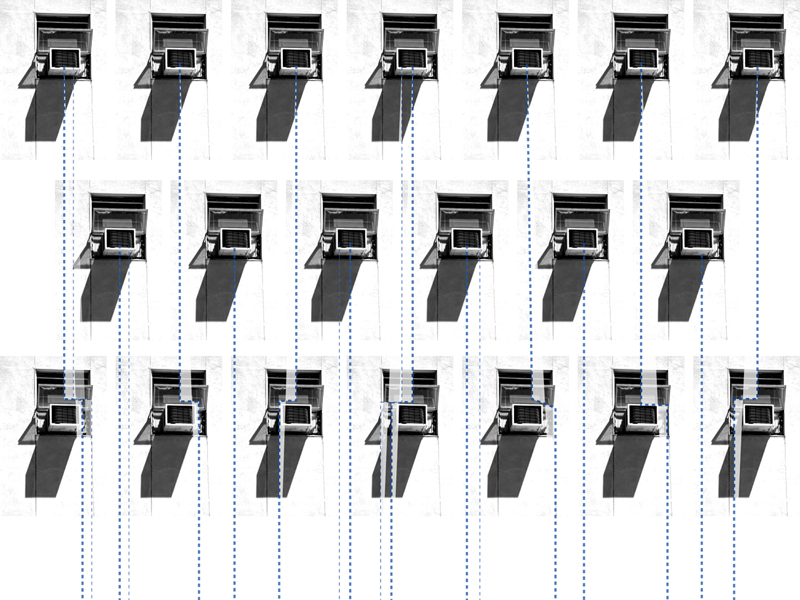
At this point, humans have become accustomed to a lifestyle in which bats and spiders occupy the fringes of our domestic environments. At this moment, our gardens are composed of dead branches, weeds, and beehives. Yet, Americans are somehow unable to give up the luxury of air conditioning – deeming it an absolute necessity for survival, particularly in record-breaking heat waves that seem to occur at more frequent intervals each summer.
If we do not want to give up our air conditioning units, we must find a way to opportunistically capitalize on the heat and water excesses that result from their use. Harvesting the water that drips out of every air conditioning unit, for example, will ultimately result in a formidable collection of freshwater.
2201. Storage
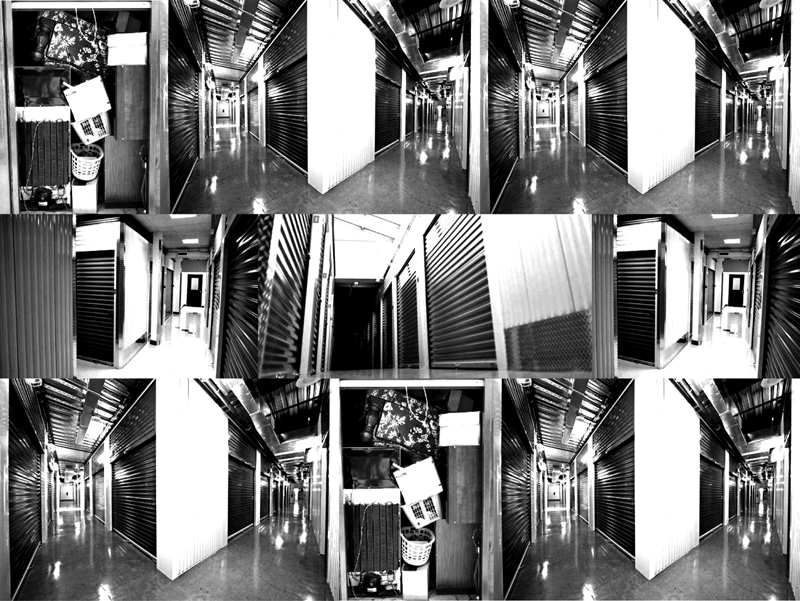
At the start of the 23rd century, the world is almost completely mobile. The idea of ‘home’ will take on a new meaning. No longer is it viable to store your belongings in your parents’ attic. Some of us will learn how to live lightly and carry our belongings with us as we move about the world. But most of us will still acquire and treasure material artifacts throughout our lives.
When we become a society where mobility is the rule rather than the exception, we must rethink the fundamental infrastructures by which we live. The temporary storage unit facility must be reconsidered. We don’t want our belongings – our books, bicycles, instruments, artwork, family heirlooms, favorite memorabilia – to sit in stacked boxes in an anonymous and inconveniently located storage unit for the bulk of our lives. The landscape of temporary self-storage in the United States already occupied roughly 1.9 billion square feet in 2005. We must begin to integrate the idea of storage into a hybrid urban program, for example combining storage facilities with the function of temporary housing.
2210. Vacancies
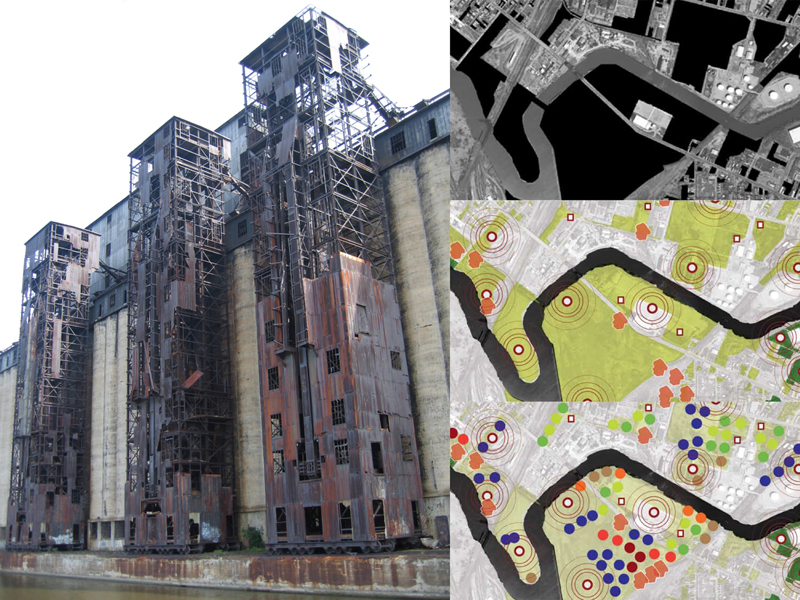
By 2210, the world will be filled with infrastructures from centuries of development. But many of these constructions – even the most gloriously lauded – will have become obsolete. They will be in the process of decay or in total ruin. They will be seen as vacancies and will fall back into status of the unwanted. In projecting our trajectories of progress, we must always consider the inevitable obsolescence of technology and anticipate the infrastructural opportunities that might come with such obsolescence.